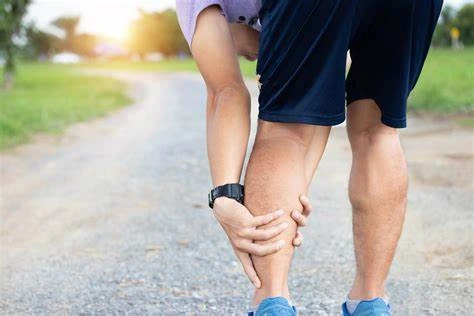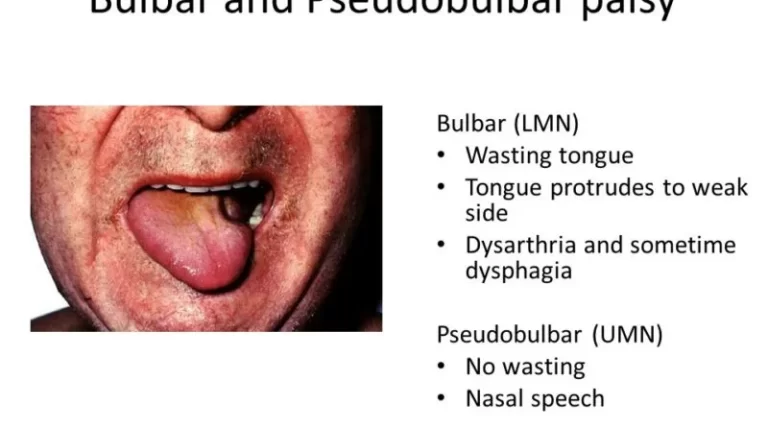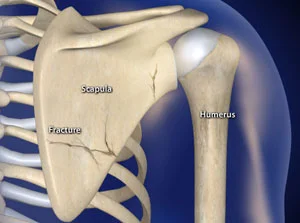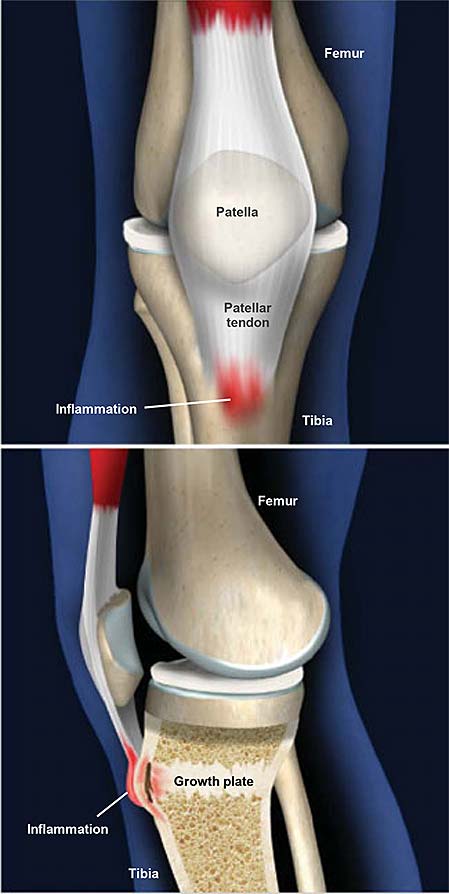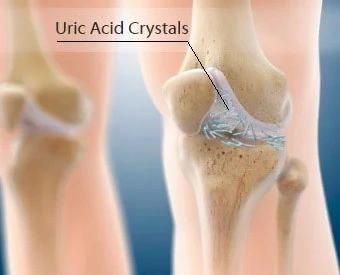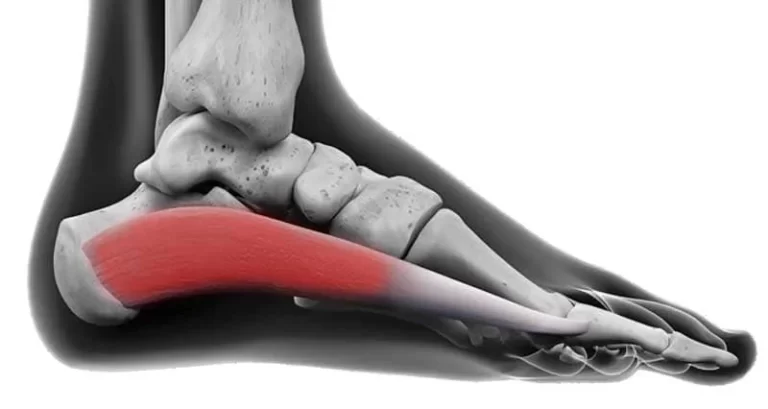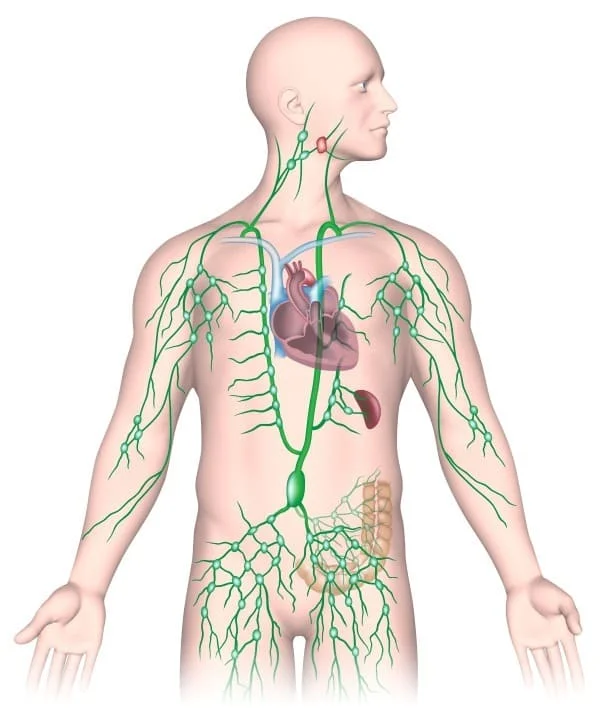Claudication
Introduction
Claudication is characterized by muscle pain, achiness, cramping, or fatigue in the hips, thighs, or calves that occurs during walking or exercise. Specifically, claudication refers to these symptoms being caused by peripheral artery disease (PAD), which is the narrowing of arteries in the legs due to plaque buildup (atherosclerosis).
When arterial blood flow to the lower extremities is decreased due to PAD, the muscles do not receive enough oxygenated blood to keep up with the demands of exercise. This lack of blood flow and oxygen causes the muscles to ache and cramp. The pain typically goes away quickly with rest as the demands on the muscles decrease. However, symptoms return when walking or exercising again. This intermittent pattern of pain, induced by activity and relieved by rest, is classic claudication.
The degree of arterial narrowing and location of blockages determines the severity of claudication symptoms. Mild cases allow for longer walking distances before pain starts while severe blockages induce symptoms after even brief exertion. If left untreated, claudication can severely limit mobility and quality of life as basic movement and exercise become difficult. Proper management is essential.
Causes of Claudication
- Smoking: Cigarette toxins directly injure blood vessels while nicotine constricts arteries. Smokers have a 4 times higher risk of PAD.
- Diabetes: Excess blood sugar damages arteries speeding up atherosclerosis. Those with diabetes accompanied by high blood pressure or high cholesterol have a 6x greater PAD risk.
- High blood pressure (hypertension): Increased force against arterial walls accelerates disease progression. Uncontrolled pressure exacerbates PAD.
- High cholesterol: Excess LDL cholesterol in the bloodstream leads to plaque deposits in arteries throughout the body, including the legs.
- Genetics/Family history: Some genetic profiles make individuals more prone to atherosclerosis and PAD development. Having close blood relatives with PAD increases your risk.
- Older age: Atherosclerosis progresses with aging as arteries sustain more damage over decades. PAD rates climb steeply after age 50.
- Obesity/Lack of exercise: Those with lower activity levels and excess weight are more likely to develop plaque buildup and PAD. Both increase strain on the leg arteries.
Less common causes like blood disorders, inflammation, trauma, fibromuscular dysplasia, and cystic adventitial disease can also lead to arterial flow limitations triggering claudication—however, atherosclerotic PAD accounts for over 90% of cases. Identifying and addressing the above risk factors is crucial for prevention and management.
Vascular Claudication
Vascular claudication is characterized by cramping leg pain and weakness caused by arterial disease reducing blood flow to the muscles in the lower extremities. The vast majority of vascular claudication cases are due to peripheral artery disease (PAD).
Causes of vascular claudication include:
- Atherosclerosis: The buildup of fatty plaque inside the artery walls resulting in narrowed/blocked arteries is the primary cause of diminished blood flow in PAD and vascular claudication. Major risk factors for atherosclerosis leading to PAD and vascular claudication are smoking, diabetes, hypertension, high cholesterol, obesity, lack of exercise, genetics, and advanced age.
- Blood vessel inflammation: Inflammatory conditions like vasculitis or autoimmune disorders like lupus can cause inflammation in leg arteries, resulting in claudication symptoms.
- Blood clots: Clots that temporarily block or restrict blood flow through the arteries of the legs can induce sudden onset vascular claudication.
- Fibromuscular dysplasia: An abnormal cell growth inside artery walls that causes the narrowing of blood vessels, usually in younger individuals. Restricted blood flow triggers vascular claudication.
- Physical trauma: Direct blunt injury to arteries or fracture-related vascular damage rarer causes. Disrupts blood supply through arteries.
The result is inadequate oxygenated blood transport to leg muscles to meet the demands of walking or activity, prompting muscle fatigue, achiness that defines claudication.
Neurogenic Claudication
In contrast, neurogenic claudication is due to spinal canal or vertebral nerve impingement in the back/lumbar region causing symptoms of leg pain and weakness rather than arterial disease affecting circulation.
Causes of neurogenic claudication include:
- Lumbar spinal stenosis: Degenerative narrowing of the spinal canal puts pressure on spinal nerves traveling to the legs. Nerve compression is the basis of neurogenic claudication symptoms. Age-related arthritis and disc degeneration are common culprits.
- Herniated discs: Disk protrusions in the lumbar spine impinging on nerves can irritate nerves causing cramping leg pain with activity.
- Bone spurs: Extra bone growths associated with spinal arthritis can encroach on nerve roots leading to neurogenic claudication.
- Prior spine surgeries/Scar tissue: Post-surgical scars or tissue build-up compressing spinal nerves may trigger symptoms.
In essence, neurogenic claudication arises from back/spine issues mechanically irritating nerves that supply the legs rather than problems with the arterial circulation itself. Differentiating arterial vascular causes from spinal neurogenic causes is key for proper diagnosis and management of claudication.
Gradings of claudication
Fontaine Classification System
The Fontaine stages categorize the extent of peripheral artery disease (PAD) based on the severity of claudication symptoms:
Stage I: Asymptomatic PAD
- No symptoms but evidence of PAD with decreased leg blood flow
Stage IIa: Mild Claudication
- Leg pain occurs with walking long distances (>200m)
- Minimal impact on quality of life
Stage IIb: Moderate Claudication
- Pain emerges after shorter walking distances of <200m
- Some impact on daily activities
Stage III: Severe Claudication
- Pain occurs after walking just 50-100m or a few min
- Marked limitation on functionality; difficulty walking, stairs
Stage IV: Ischemic Rest Pain/Tissue Loss
- Leg pain at rest, numbness, sores
- Severe restriction of blood flow damages tissue
Assessing Claudication Distance
Determining the claudication distance provides additional gauging of PAD extent:
- Initial Claudication Distance:
The walking distance at which the patient FIRST feels muscle cramping or pain
- Absolute Claudication Distance:
The Maximum walking distance a patient can manage before needing to stop due to severe, intolerable leg pain.
Tracking changes in these measures is vital for monitoring disease progression and treatment efficacy. The earlier pain emerges and absolute distances shorten, the worse the PAD/arterial blockages causing oxygen blood flow deprivation to leg muscles. These functional assessments complement imaging and ankle-brachial indices for gauging PAD severity underlying claudication.
Symptoms of Claudication
The classic symptoms of claudication are muscle pain, cramping, weakness, or heavy fatigue in the hips, thighs, or calves during physical activity like walking. Typically in vascular claudication cases from peripheral artery disease (PAD), the pain onset is after a consistent distance of walking.
Additional claudication symptoms may include:
- Tightness, aching, or discomfort initiated after walking the same distance which is relieved within a few minutes of rest
- Limping or slowing down due to the leg discomfort when it emerges
- Numbness, tingling, or leg coldness
- Calf pain that feels like a Charley Horse cramp
- Foot or toe pain in addition to calf/thigh discomfort
- Loss of muscle strength making it difficult to climb stairs or hills
- Lack of hair growth on toes, feet, or lower legs
- Frequent leg cramps at night
The location and nature of symptoms can help differentiate between vascular claudication and potential neurogenic claudication arising from nerve impingement in the spine:
- Vascular Claudication: Buttock, thigh, and calf pain are most common. Feet may also be affected. Symptoms are bilateral, affecting both legs. Pain is induced by activity, then disappears rapidly with rest.
- Neurogenic Claudication: Unilateral radiating pain, weakness, tingling from the back down one leg, mimicking sciatica. May alternate between sides or always target a specific leg. Lingering mild symptoms at rest.
Diagnosis
Since claudication symptoms can mimic other conditions, a full diagnostic workup is necessary including:
- Medical History: The doctor inquires about symptom details, location, relieving/exacerbating factors, onset, risk factors, and family history to distinguish claudication from issues like arthritis, nerve disorders, and muscle deficiencies which can mimic symptoms.
- Physical Exam: Includes blood pressure checks, listening with a stethoscope for arterial blockages (bruits), palpating for pulses in legs and feet to pinpoint the location of arterial narrowing, and neurological testing like reflexes/sensation.
- Ankle Brachial Index: Compares blood pressure values at the ankles to the arms. Lower pressure at the ankles indicates PAD.
- Treadmill Test: Evaluates the impact of walking on symptoms, and blood flow.
- Imaging: Doppler ultrasound visualizes blood circulation. Angiograms, CT scans, or MRIs show the site/severity of arterial narrowing.
These tools combined allow for an accurate claudication diagnosis, determining underlying causation and the location/extent of issues for optimal treatment planning.
Differential Diagnosis
Since cramping leg pain and fatigue during exertion have numerous potential causes beyond just vascular claudication, physicians must rule out the following conditions first:
- Spinal Stenosis (Neurogenic Claudication): Narrowing the spinal canal and putting pressure on nerves can cause symptoms of leg weakness and cramping very similar to vascular claudication. Differentiating the cause is key. Neurogenic claudication pain is often more persistent at rest rather than fully resolving.
- Arthritic Conditions: Osteoarthritis or rheumatoid arthritis in the knees/hips especially can provoke leg achiness when walking. Joint inflammation and cartilage loss cause pain. Tenderness is more localized.
- Chronic Exertional Compartment Syndrome: Occurs when swelling in lower leg muscle compartments accumulates during activity. Compresses nerves causing pain. Subsidies with rest. Younger active patients are prone.
- Venous Disease: Problems with leg veins causing fluid buildup and swelling can also induce achiness that intensifies with activity. Different risk profiles from arterial vascular disease.
- Muscle Strains/Tears: Torn or overused leg muscle fibers from sports-related or traumatic injury cause weakness and pain when contracting muscles to walk. Pain patterns are more defined.
- Nerve Disorders: Compressed peripheral nerves like femoral neuropathy can mimic claudication too but additional numbness and tingling results. Weakness along a nerve pathway helps differentiate nerve issues.
Once these and other less likely causes have been systematically ruled out based on the clinical picture, defining tests like ankle-brachial indices, Doppler ultrasounds, etc. can clearly differentiate arterial vascular insufficiency of claudication from other diagnoses.
Treatment of Claudication
Addressing claudication has two main goals:
1) Managing symptoms to improve functionality
2) Slowing the progression of the underlying peripheral artery disease (PAD) causing arterial blood flow restriction.
Treatment modalities include:
Lifestyle Changes
- Smoking cessation
- Diet improvements
- Weight loss
- Increase aerobic exercise/strength training to expand collateral blood vessel circulation in the legs
- Blood sugar, cholesterol, and blood pressure control
Medications
- Anti-platelet drugs like aspirin or clopidogrel to prevent blood clots
- Cilostazol improves circulation by dilating arteries
- Statins to lower cholesterol
- Pain medications as needed such as ibuprofen
Procedures to Restore Arterial Blood Flow
- Angioplasty/stenting to expand narrowed arteries
- Bypass grafts to detour blood around severely blocked arteries
- Plaque removal
- Atherectomy to clear arteries
Supervised Exercise Therapy
Special PAD rehabilitation programs dramatically improve walking ability through monitored treadmill routines. Building collateral circulation results.
Physical Therapy Management
If claudication is limiting mobility and quality of life, physical therapy helps increase strength and walking ability through:
- Supervised Treadmill Exercise: Special PAD protocol starts with short fast-paced bursts of walking and gradually increases time and incline level for up to 35 minutes building tolerance.
- Leg Strengthening: Lower body resistance routines maintain muscle integrity of calves, quadriceps, etc.
- Balance/Coordination Drills
- Walking with Ankle Weights: Adds resistance to build leg strength.
- Stretching for Improved Flexibility: Targets calf, legs, and hips.
Additional modalities like ultrasound, and heat/ice therapy may provide symptom relief as needed. Assistive devices like compression stockings can also help manage claudication.
Supervised exercise therapy improves endothelial function and mitochondria efficiency. Excellent way to improve walking ability in parallel with medical and surgical interventions.
Complications
Left untreated, worsening claudication can lead to severe limb threats and reduced quality of life such as:
Critical Limb Ischemia (CLI):
- Severely decreased blood flow damages tissue; legs receive insufficient oxygen
- Causes severe pain even at rest, sores, wounds not healing
- High risk of limb loss; amputation rates 20-40% in 1st year if untreated
Tissue Loss:
- Prolonged oxygen deprivation causes skin damage, ulcerations primarily at pressure points like heels, toes, ankles
- Poor wound healing due to inadequate blood supply delays recovery
- Can progress to limb-threatening infection, hospitalization
Functional Impairments:
- Claudication pain significantly declines mobility leading to loss of independence, disability
- Unable to walk distances needed for shopping, appointments, socializing
- Difficulty accomplishing activities of daily living
- Higher fall risk; unsteadiness when pain emerges
Cardiovascular Disease Progression:
- Underlying PAD indicates advanced atherosclerosis, escalating risk of heart attack, stroke, and vascular death
- Mortality rates 4-6 times higher than average; PAD complication
Prevention
Key preventative strategies to minimize vascular claudication risk include:
- Smoking Cessation: Eliminating tobacco use reduces the acceleration of dangerous plaque buildup. This also decreases the chances of heart disease and stroke.
- Blood Pressure & Cholesterol Control: Keeping levels in check prevents damage to artery walls and progression of PAD/claudication over time through medications if lifestyle alone doesn’t suffice.
- Diabetes Management: Tight regulation of blood sugar levels helps to prevent circulating sugars instigating arterial plaque accumulation and inflammation.
- Weight/Diet: Shedding excess body weight through calorie control and routine exercise protects leg arteries from overexertion. Anti-inflammatory diets with omega-3s may also help artery health.
- Exercise: Light cardio and lower body resistance training expand collateral blood vessel circulation to the legs. Helps limit the severity of claudication symptoms once they manifest.
In essence, eliminating or improving the risk factor profile through the above interventions can dramatically reduce the likelihood of developing debilitating vascular claudication symptoms over one’s lifetime.
When to Seek Urgent Care
Seek emergency treatment if:
- Pain at rest suddenly appears after previous predictable claudication patterns
- Leg pain intensifies compared to typical symptoms
- New wound, ulceration, discoloring of legs or feet
- Signs of potential infection like swelling, redness, warmth, drainage from leg
- Muscle weakness causing falls or inability to move the limb
Rapid worsening of symptoms signifies a critical perfusion compromise requiring immediate evaluation to prevent catastrophic outcomes like sepsis, threatened limbs, or even mortality without swift intervention.
Summary
Claudication refers to muscle pain and cramping in the hips, thighs, and calves that occurs while walking or exercising and is relieved by rest. It is caused by peripheral artery disease (PAD) resulting from plaque buildup that narrows arteries supplying the legs to reduce blood flow. Smoking, diabetes, high blood pressure, and cholesterol contribute to PAD and claudication.
Symptoms include tight, achy, fatigued, or weakened leg muscles activating at consistent distances when walking. Numbness, foot pain, and leg cramps may also manifest. Diagnosis relies on an ankle-brachial index test, medical history, a physical exam of pulses, possible imaging studies to visualize blockages, and treadmill testing to assess the impact on symptoms and blood flow. Determining if it’s neurogenic vs vascular causes is key.
Treatment modalities aim to expand leg circulation while managing plaques and symptoms. Lifestyle changes, medications like statins or cilostazol, supervised exercise, angioplasty procedures, or bypass surgery can all provide relief. Physical therapy builds strength and stamina for improved functionality. Monitoring for complications like non-healing wounds, and critical limb ischemia requiring rapid intervention is critical.
Prevention hinges on maintaining ideal weight, diet, blood sugar, and pressure levels. Smoking cessation and routine lower body exercise are fundamentals. Catching PAD early before severe claudication emerges is vital. Overall addressing this circulatory deficiency improves leg health and mobility while reducing associated cardiovascular risks.
FAQs
What causes pain and cramping when walking?
Plaque accumulation causing peripheral artery disease limits oxygen-rich blood transport to leg muscles. Muscles then ache and tire prematurely due to blood flow inadequacy when actively walking or exercising.
Where does it usually hurt?
Vascular claudication classically causes buttock, thigh, and calf symmetric pain. The hips down to the feet can be impacted.
What tests diagnose claudication?
Ankle-brachial assessments, treadmill exercise tests, Doppler ultrasounds, CT angiograms, and other imaging provide objective evidence complementing symptoms and clinical examination.
Can claudication symptoms resolve?
Yes, through lifestyle adjustments, medications, supervised exercise programs, or procedures improving circulation, symptoms can be eliminated or drastically improved.
How can I prevent claudication?
Don’t smoke, exercise routinely, eat a balanced diet, and keep blood pressure, cholesterol, and sugar levels within healthy target ranges. Swiftly addressing emerging PAD risks is key.
References
- Claudication – Symptoms & causes – Mayo Clinic. (2022, March 2). Mayo Clinic. https://www.mayoclinic.org/diseases-conditions/claudication/symptoms-causes/syc-20370952
- Professional, C. C. M. (n.d.). Claudication. Cleveland Clinic. https://my.clevelandclinic.org/health/diseases/21972-claudication
- Huizen, J. (2019, October 4). What is claudication? https://www.medicalnewstoday.com/articles/326553
- Claudication. (n.d.). Physiopedia. https://www.physio-pedia.com/Claudication
- Claudication. (2020, July 2). Johns Hopkins Medicine. https://www.hopkinsmedicine.org/health/conditions-and-diseases/claudication
- Gurarie, M. (2023, September 18). What Is Claudication? Verywell Health. https://www.verywellhealth.com/claudication-6836207
- https://th.bing.com/th/id/OIP.iPCECKDGMZl-Dz-a1JSzlwHaE8?rs=1&pid=ImgDetMain

